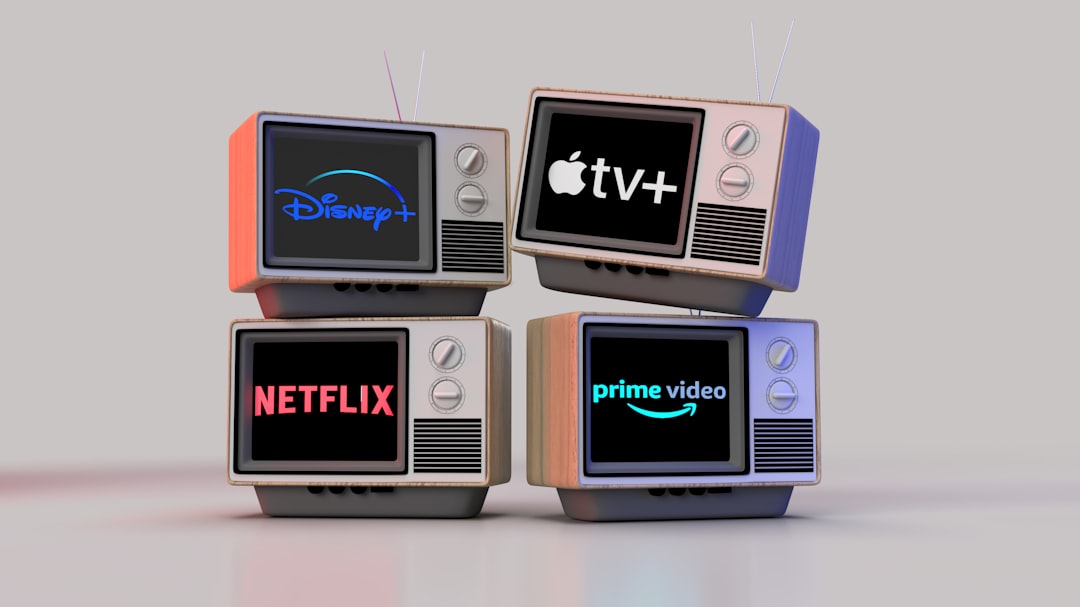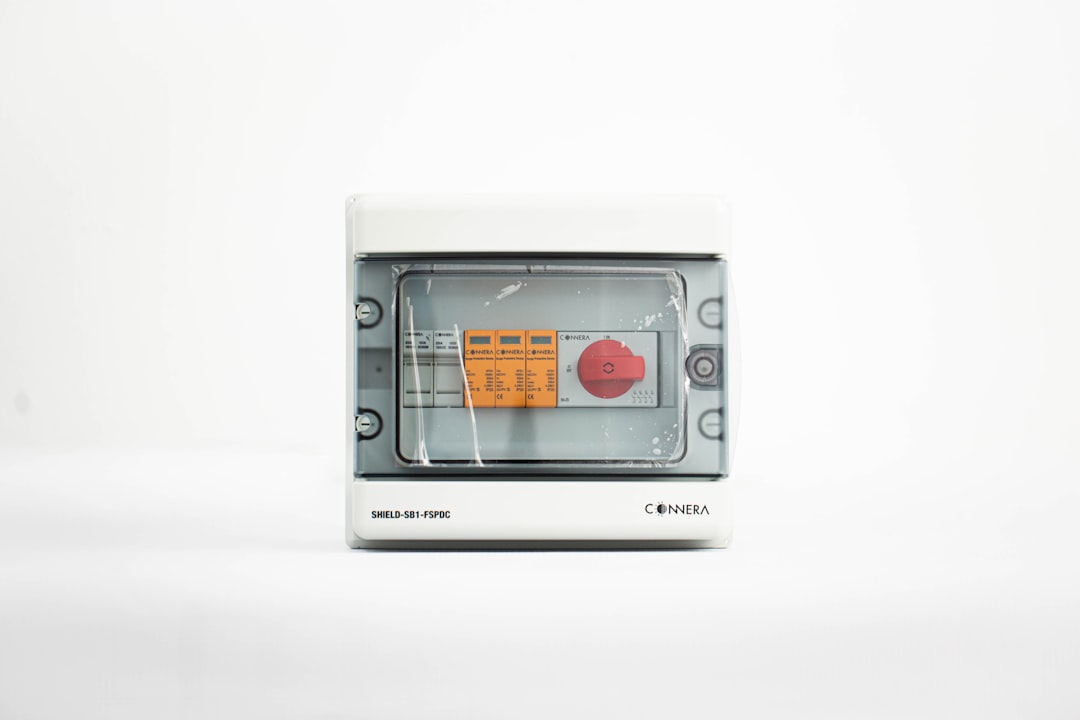The Exciting World of Internet of Things (IoT)
The Internet of Things (IoT) has become one of the most talked-about topics in the world of technology and innovation. It brings together the internet, various devices, and data to create a network where everything can communicate and interact with each other. The possibilities that IoT offers are truly mind-boggling and are transforming various industries.
So, what exactly is the Internet of Things? In simple terms, it is a network of physical devices, vehicles, appliances, and other objects embedded with sensors, software, and connectivity, enabling them to collect and exchange data. These devices can range from simple household items like refrigerators and thermostats to complex industrial machinery.
One of the major advantages of IoT is the seamless integration of devices and systems, thereby enabling them to work together efficiently. For example, with the help of IoT, you can control the temperature of your home even when you are away using a smartphone app. Similarly, IoT can be used in industries to monitor and control equipment remotely, leading to improved efficiency and reduced downtime.
IoT technology has the potential to revolutionize several sectors. In healthcare, for instance, it can enable doctors to monitor patients remotely and detect any changes in their health. In agriculture, IoT can help farmers monitor crop health, optimize water usage, and even control irrigation systems. In transportation, IoT can improve road safety by collecting real-time data from vehicles and traffic infrastructure.
The applications of IoT are not limited to these sectors alone. Smart homes and smart cities are becoming a reality, as more and more devices are connected to the internet. From smart door locks and security systems to intelligent lighting and energy management, IoT is making our lives more convenient and sustainable.
The growth of IoT is fueled by the increasing number of connected devices. According to Gartner, there will be over 25 billion connected IoT devices by 2021. This rapid growth is driven by advancements in technology, reduced costs of sensors and connectivity, and the availability of high-speed internet.
However, with the increasing number of connected devices comes the need for robust security measures. As IoT devices collect and transmit vast amounts of data, there is a risk of this data being compromised. Security experts are constantly working on improving cybersecurity measures to ensure the safety and privacy of IoT systems.
The potential of IoT is not just limited to individual devices but also lies in the massive amount of data generated by these devices. This data can be analyzed using advanced analytics and machine learning algorithms to derive valuable insights. For example, in retail, IoT devices can collect data on customer behavior, allowing businesses to personalize their offerings and enhance customer experience.
The future of IoT looks promising, with new and innovative applications emerging every day. From wearable devices that monitor our health to smart cities that optimize resource usage, the possibilities seem endless. However, along with these possibilities also come challenges like privacy concerns, standardization, and interoperability.
Overall, the exciting world of the Internet of Things is changing the way we live, work, and interact with our environment. It is reshaping industries, improving efficiency, and providing immense opportunities for innovation. As IoT continues to evolve, it is crucial for businesses and individuals to stay updated and explore the endless potential it offers. The future belongs to the Internet of Things, and it’s time to embrace this transformative technology.










